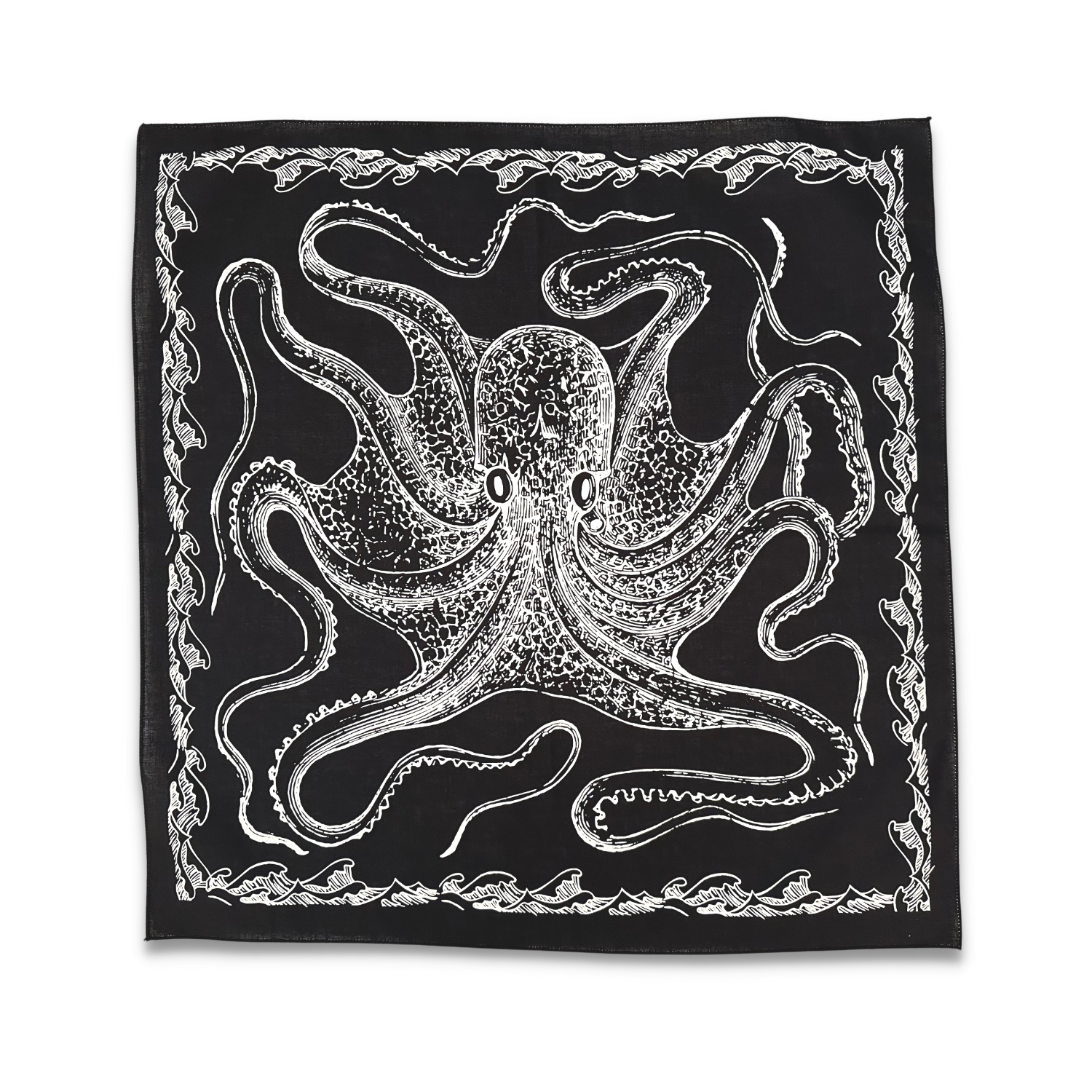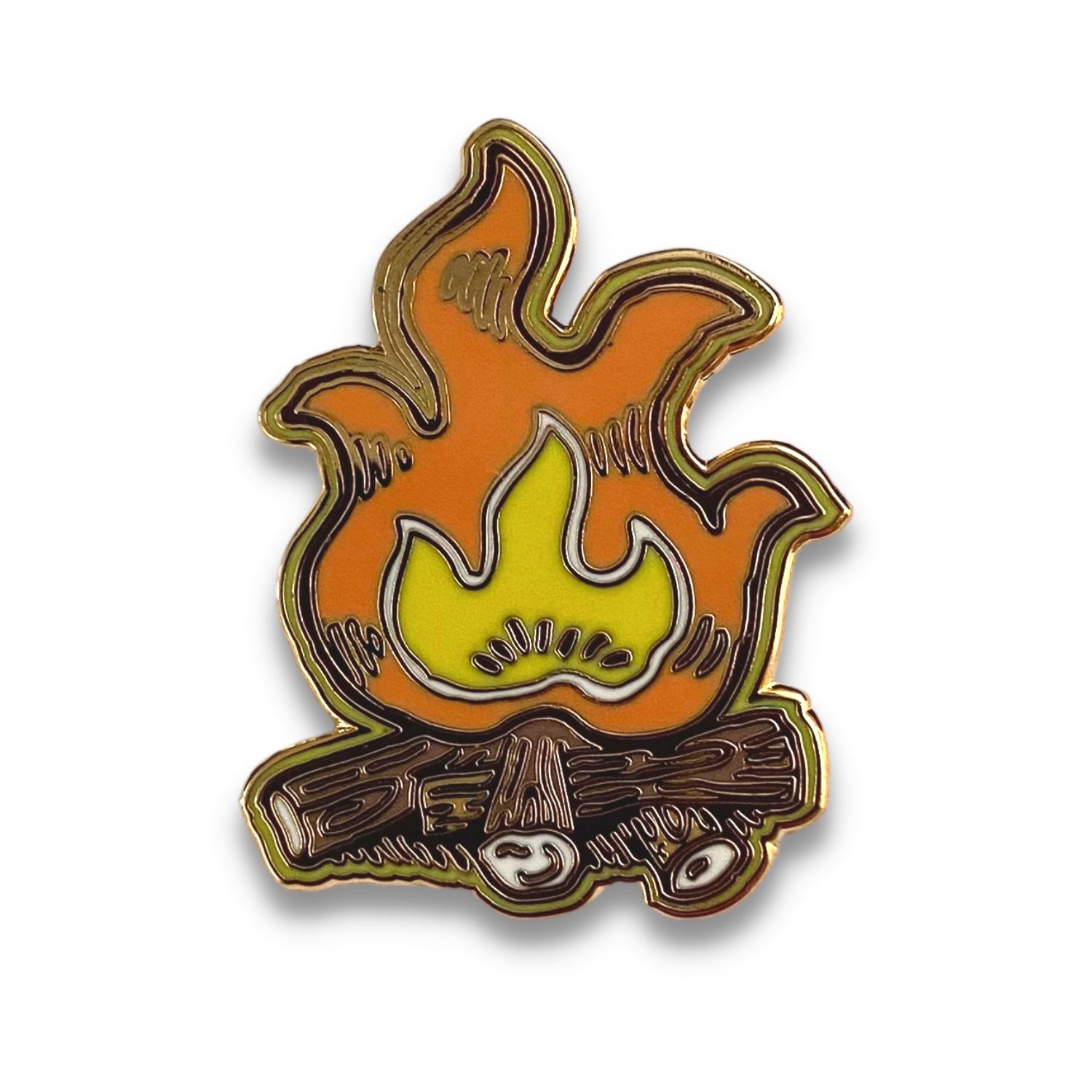Watches do more than tell time; they tell a story of fashion's evolution, technological advancements, and cultural shifts. From pocket watches of the 19th century to the smartwatches of today, the watch has undergone remarkable transformations. This article takes you through a journey of watch styles through the decades, highlighting how each era's design reflects its societal context and technological progress.
The Early Days: Pocket Watches and the Dawn of Wristwatches
In the early 20th century, pocket watches were the norm, symbolizing status and sophistication. It wasn't until World War I that wristwatches gained popularity, born out of practical necessity for soldiers needing quick, hands-free time checks. This period marked the transition from pocket to wrist, with wristwatches initially being dubbed "trench watches."
The 1920s-1930s: Art Deco and Elegance
The roaring '20s brought about Art Deco, a style characterized by bold geometric shapes and lavish ornamentation. Watches became more than timekeeping devices; they were pieces of jewelry. Rectangular faces like those on the Cartier Tank and sleek, elegant designs became trademarks of the era. The '30s further refined watch elegance despite the Great Depression, with a focus on craftsmanship and luxury.
The 1940s-1950s: Functionality and Innovation
World War II necessitated functional, durable watches. Features like luminous hands and waterproof cases became standard. The post-war era saw significant technological advancements. The '50s introduced us to the first battery-powered watch, the Hamilton Electric 500, revolutionizing how watches were powered and designed.
The 1960s: A Time of Bold Changes
The '60s were a time of cultural upheaval, and watches reflected this spirit of change. Designs became bolder and more experimental. The decade also saw the birth of the luxury sports watch, with Audemars Piguet's Royal Oak leading the way, blending rugged functionality with luxury design.
The 1970s: The Quartz Revolution
The '70s witnessed the quartz revolution, which introduced more accurate, battery-powered quartz watches, dramatically changing the industry. This era also saw the rise of digital watches, epitomized by the Hamilton Pulsar, the first watch with a digital display.
The 1980s-1990s: Luxury and Excess
In the '80s, watches symbolized wealth and status. Luxury brands flourished, and timepieces became statements of excess and opulence. The '90s continued this trend but also saw a resurgence of classic, vintage styles as people began appreciating traditional mechanical watches amidst the digital age.
The 2000s-Present: Smartwatches and the Future
The 21st century has been marked by the rise of smartwatches. Companies like Apple, Samsung, and Fitbit have transformed watches into wearable technology, focusing on health tracking, connectivity, and personalization. Despite this, there's been a renewed appreciation for traditional watchmaking, with many turning to vintage or handcrafted mechanical watches as a counterpoint to the digital world.
Conclusion
The evolution of watch styles through the decades is a testament to fashion's dynamic nature and humanity's unending pursuit of innovation. From practical instruments to status symbols, to expressions of personal style and technological marvels, watches have consistently adapted to meet the changing needs and tastes of society. As we look to the future, watches will undoubtedly continue to evolve, blending tradition with technology, craftsmanship with connectivity, as they tick forward into the next era.




